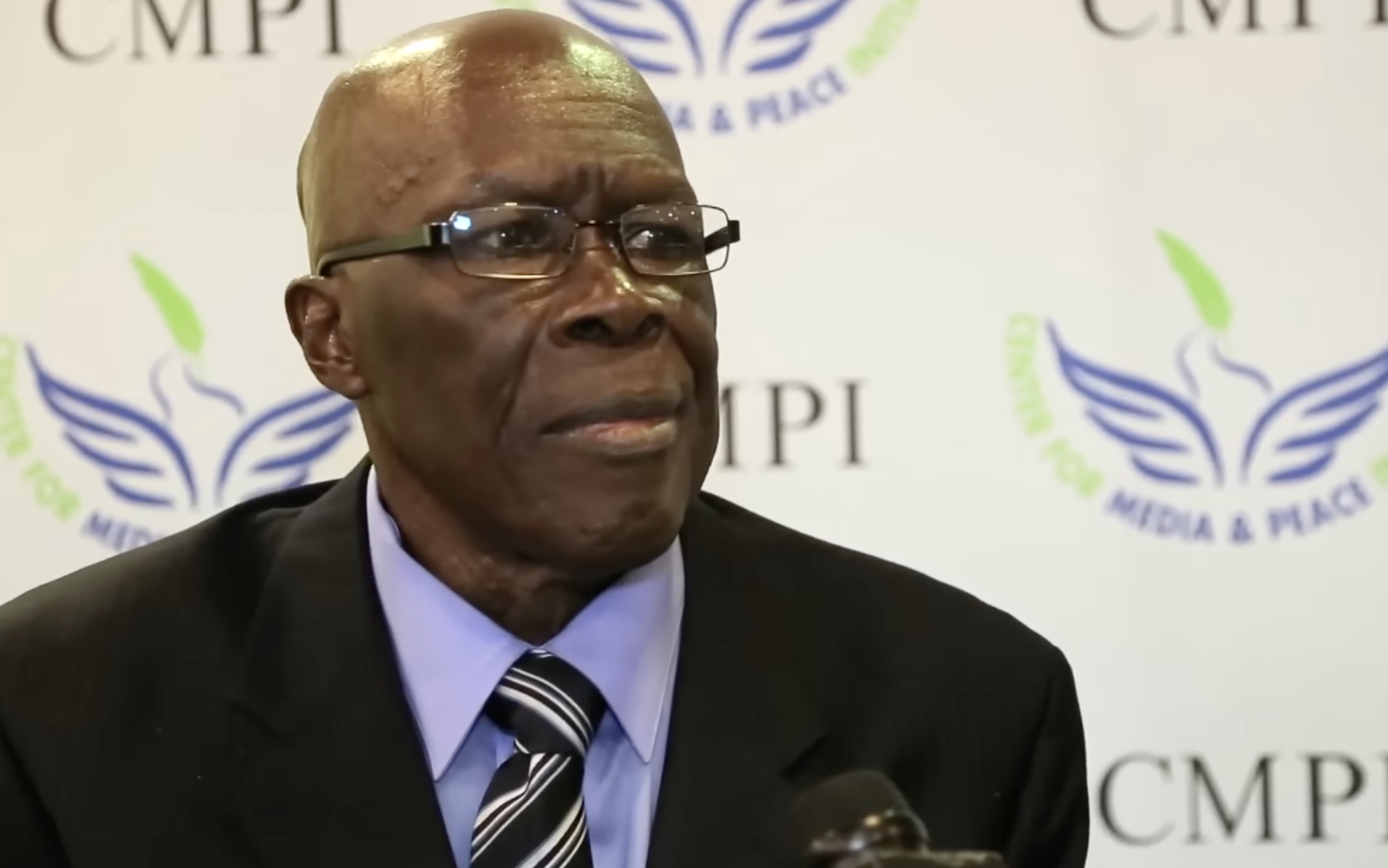Interview: Farshid Moussavi on her Royal Academy Summer Exhibition
The co-ordinator decides on the general look and feel of the show, chooses the hang teams – who are other Royal Academicians – and divides them across different galleries. And of course, chooses the theme.

Gallery view of the 2025 Summer Exhibition. Photo: David Parry/Royal Academy of Arts
Dialogues. Given we live in such polarised times, I both wanted to explore art’s capacity to forge dialogue, and to explore dialogue at different levels. One of these was in the hanging. In some rooms, I asked people to hang by themselves, but in other rooms, they hung together with another academician. We had a really good team spirit. I think this comes out through the show: the harmony you get from room to room. Things are not fighting each other.

Photo: David Parry/Royal Academy of Arts
That was my decision. It came out of the theme of dialogue too – mixing the art and architecture and putting them in dialogue. I’ve always been troubled by the fact that architecture is treated as separate to the arts. At the RA, architecture is an art. As architects, our real scope is the world out there, not the galleries. But in the galleries, we don't have the limitations we have in the real world, where you don’t have to deal with practicalities or financial aspects of building, but more with the art of architecture.

Photo: David Parry/Royal Academy of Arts
No. I mean, there are a lot of architects who spend their life actually doing paintings, who want the recognition that architects can be artists. Personally, I think that while there are architects who paint and draw extremely well, I am more interested in architects presenting their own work as art rather than doing art. I think architecture is the grandest form of art. You know, we are at once a sculptor and a painter and a negotiator.

Photo: David Parry/Royal Academy of Arts
You have to convey what you want with one piece in a limited space. It’s not like you have a series of things and are able to show something over time. One has to be careful about what you choose to show here because you’re speaking to the general public, not fellow architects.
It’s also a simple way of developing awareness about architecture. Abstract art is becoming more and more something people are familiar looking at. I don’t know how many people look at façades of buildings and think of them as an art. But there is an art to making façades, and a façade to a building could be seen like a painting, a kind of minimalist painting. So I think there are lots of opportunities here to make people look at these things in a different way.
I also feel quite passionately that, as architects, we should focus on presenting works we have made ourselves. So, presenting professional models by professional model makers isn’t quite right here. Because that model is going to be seen against a sculpture that a sculptor has done. It will come across as sterile, so it needs to be by your own hand, to give a glimpse into your working process – the things that really matter to you.

Photo: David Parry/Royal Academy of Arts
One is reuse. You may have noticed that our plinths are all hemp, and these are borrowed from a company, and the undamaged ones will be returned after the exhibition. There are also artworks that work with reuse, starting with a T-shirt or a tree trunk or a book, that have been turned into artworks. Architecturally speaking, of course, there are projects focused on adaptive reuse. So in the exhibition, we wanted to set a tone, and the plinths are part of that.

Photo: David Parry/ Royal Academy of Arts
There are noticeably a lot of works suspended from the ceilings in several galleries, in particular in central hall where you enter and Gallery 3, which you personally curated. Why is that?
Yes, there are a lot of artists included that are not working with the wall, but with the ceiling. I think it’s important to draw awareness to this other dimension of the space, which affects your experience of the gallery. In particular, in gallery three, which is the largest gallery. Because all the events are held there, you can never put anything on the floor. I’ve always thought it’s a very uncomfortable space because it’s very big and empty. So by hanging artworks and architecture works from the ceiling, you make better use of the space and the scale of the space.

Photo: David Parry/ Royal Academy of Arts
You also curated the Small Weston Room. What was the focus there?
There are four or five works but the main work is a video piece by Candice Breitz in which she filmed sets of identical twins. We hear how they navigate both sameness and difference. I thought it was a very powerful, though subtle, piece of work to talk about dialogue.
The 2025 Royal Academy Summer Exhibition is open from 17 June to 17 August

Photo: David Parry/ Royal Academy of Arts












